H NH HN 0. H H O NH2 N H3N NAD H phosphate and NAD Z-R.
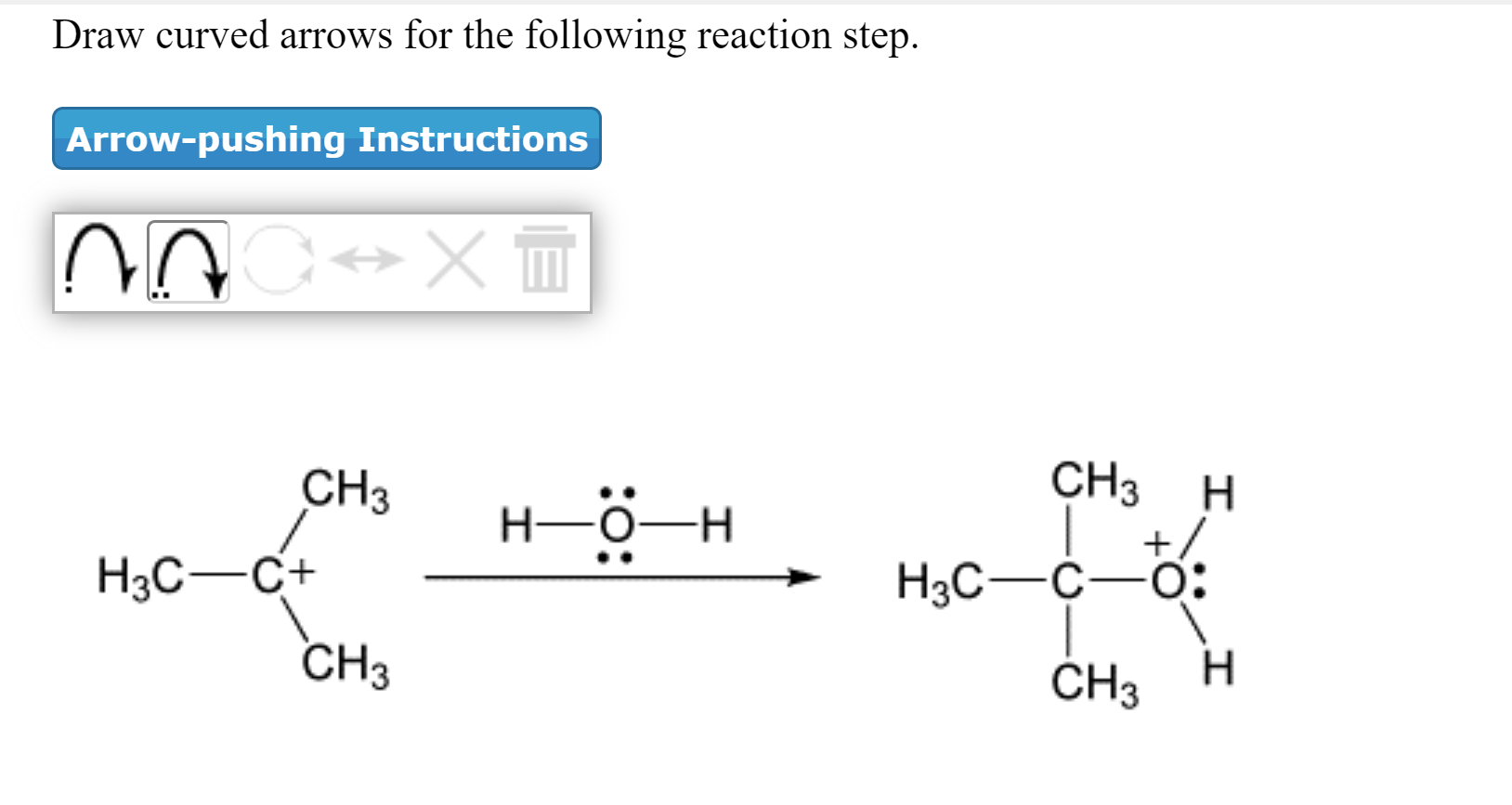
Solved Draw Curved Arrows For The Following Reaction Step Chegg Com
1 Add curved arrows for the first step.

. Since we are dealing with an S N 1 reaction process the first step will be cleavage of the C-Br bond to give a carbocation and and a bromide anion. This question asks for a mechanism that explains this reaction. 1 Add curved arrows for the first step.
Add one or more curved arrows to show the movement of electrons in the following reaction. 2 Draw both the organic and inorganic intermediate species. For the following reaction.
So we end up with a rooming radical and also this um I had a cold left over from the rest of that molecule. For the following reaction. Up to 256 cash back Add curved arrows to the reactant side of the following SN2 reaction.
Include nonbonding electrons and charges where applicable. The curved arrows we draw must account for ALL of these bonding changes. Given the following single-step reaction draw the curved-arrow mechanism.
Add two curved arrows to the reactant side to illustrate the movement of electrons in the E2 reaction below. Ammonia reacts with acetyl chloride CH3COCI to give acetamide CH3CONH2. Then draw curved arrows to illustrate the bond-making and bond-breaking processes.
Select Draw Rings Groups More Erase. There will be a total of three curved arrows one of which is drawn for you. This problem has been solved.
Water then acts as a nucleophile using one of its lone pairs to form a bond to the electron-poor t-butyl cation. 2 Draw both the organic and inorganic intermediate species. Add two curved arrows to the reactant side to illustrate the movement of electrons in the E2 reaction below.
So this is between 14 pence a diet and NBS and running it to products with a Lilic bro means on them. Who are the experts. The value of Δ H for the reaction is 75 k J m o l and the value of Δ S is 54 J K m o l.
Um and what happens is the roaming it breaks off of the NBS. Select the correct IUPAC name for the following organic substrate including the R or S designation where appropriate and draw the major organic product s for the SN1 reaction. Add a curved arrow to show how the final product is formed.
Add a curved arrow to show how the final product is formed. 2 Draw both the organic and inorganic intermediate species. There will be a total of three curved arrows one of which is drawn for you.
Identify the electrophile and the nucleophile in each of the following reaction steps. Draw curved arrows to form the intermediate. Draw curved arrows to.
So the initiation step here it happens on the nds. Given the following single-step reaction draw the curved-arrow mechanism. - Each arrow represents the movement of two electrons from a nucleophile to an electrophile.
Experts are tested by Chegg as specialists in their subject area. Up to 256 cash back Add curved arrows to the reactant side of the following SN2 reaction. Given the following single-step reaction draw the curved-arrow mechanism.
285 Bought 3 Share With. Also indicate which species is the electrophile and which is the. Include nonbonding electrons and charges where applicable.
Draw curved arrows for each step of the reaction to show this conversion. - The tail of the arrow is positioned where the electrons are in the reactant. Up to 256 cash back Add curved arrows to the reactant side of the following SN2 reaction.
Draw curved arrows for the following reaction step. Given the following single-step reaction draw the curved-arrow mechanism. H CH X Hic B H8.
For the following reaction. 1 Add Curved arrows for the first step. Draw curved arrows to convert the intermediate to the product.
Add a curved arrow to show how the final product is formed. Math Chemistry Biology Programming Arts History BusinessLanguage Spanish English Deutsch Brasil 台灣TipsReviewBlogQuiz Home Given the following single step reaction draw the curved arrow mechanism May 2021March 27 2022 thanh AnswerThe electrons. Draw the product of the following reaction by following the curved arrows.
There will be a total of three curved arrows one of which is drawn for you. Identify the bonds broken and formed in each step of the reaction and draw curved arrows to represent the flow of electrons in. Include wedgedash bonds and H on a stereocenter.
We review their content and use your feedback to keep the quality high. Given the following single-step reaction draw the curved-arrow mechanism.
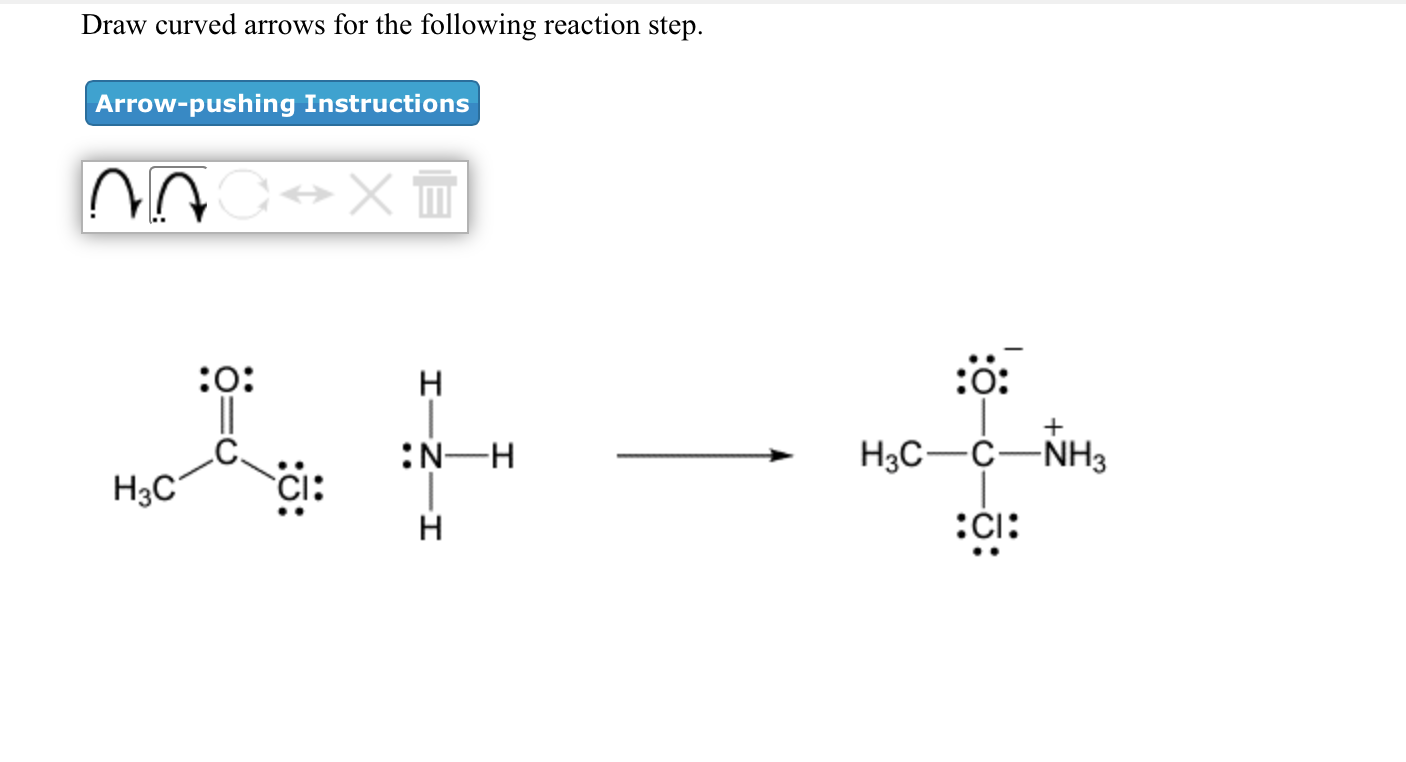
Solved Draw Curved Arrows For The Following Reaction Step Chegg Com
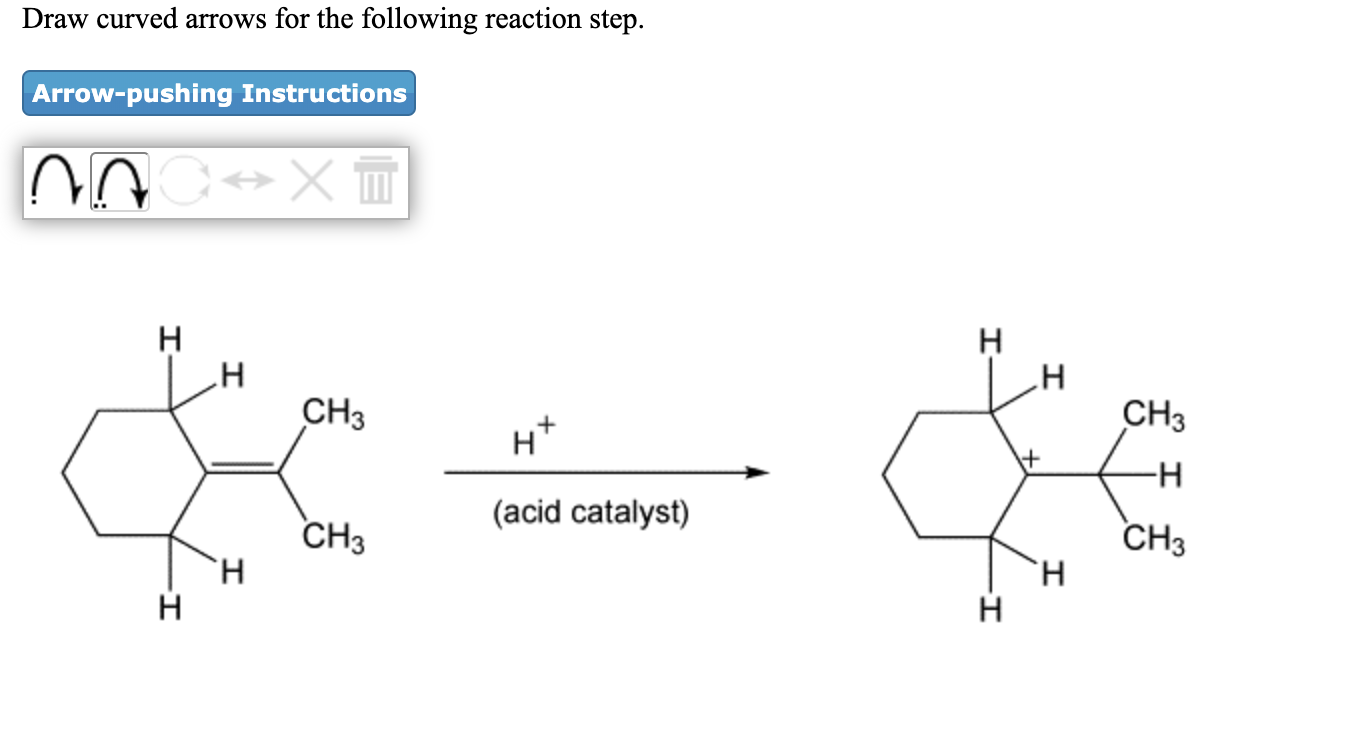
Solved Draw Curved Arrows For The Following Reaction Step Chegg Com
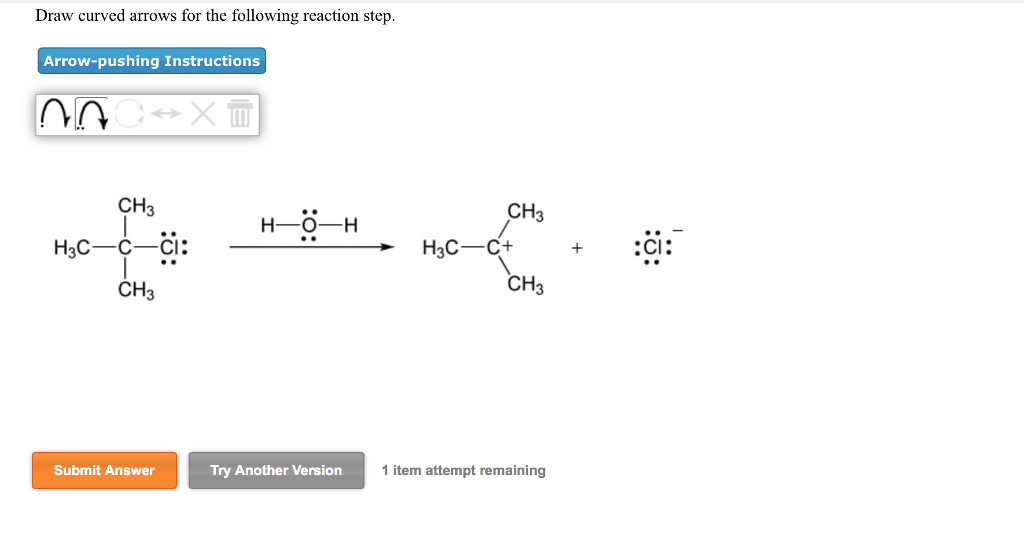
Solved Draw Curved Arrows For The Following Reaction Step Chegg Com

Solved Draw Curved Arrows For The Following Reaction Step Chegg Com

Solved Draw Curved Arrows For The Following Reaction Step Chegg Com

Solved Draw Curved Arrows For The Following Reaction Step Chegg Com
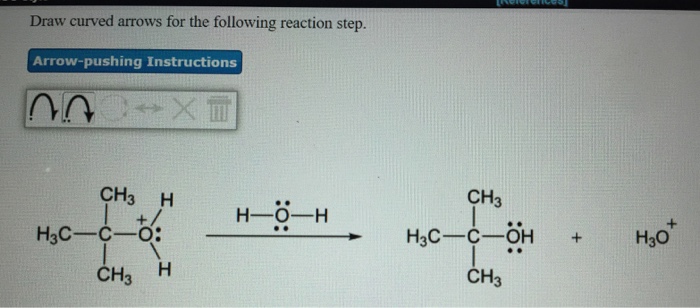
Solved Draw Curved Arrows For The Following Reaction Step Chegg Com

Solved Draw Curved Arrows For The Following Reaction Step Chegg Com
0 comments
Post a Comment